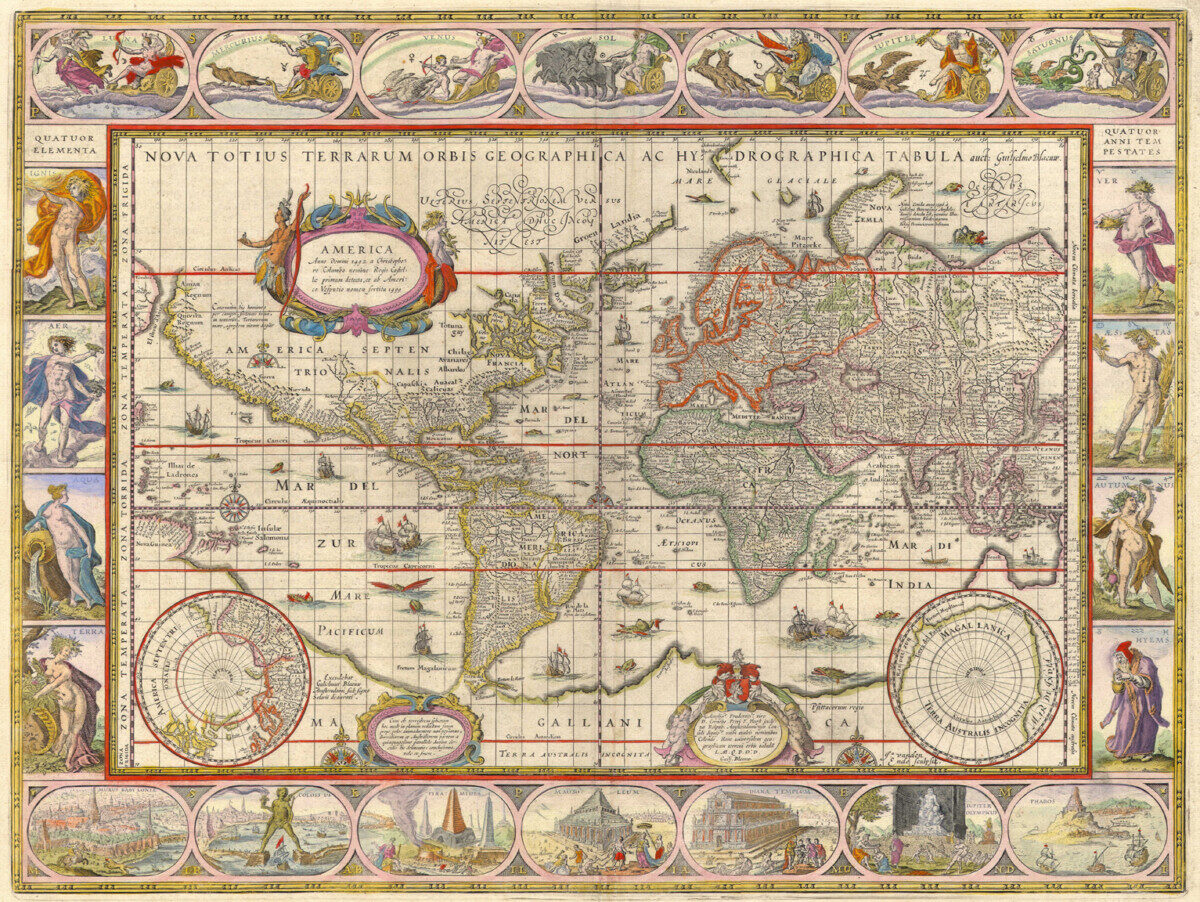In the past, I’ve tended to view Rome as monolithic. Of course, it has consistently been the focal point of social, political, and economic progress, but I never thought about how much was happening under the surface. The Plural City: Urban Spaces and Foreign Communities exposed a side of the city I was unaware of. Rome was almost always at loggerheads with foreigners as it became the global center of the Catholic Church. Space was used to exert political and religious power by the papacy, and push dissenters out. I was unaware of its surveillance systems and attempts to regulate its inhabitants. The reading was quite revealing about the role of the Church in Roman society, and I gained a lot by learning about the role of non-Catholics in its history. Despite its efforts, Rome could not restrict everyone, thus leading to more global influences on the city that didn’t always align with the views of the papacy.
I loved learning more about the Baroque Rome project. I took an architecture class with Dr. McPhee last semester and have heard about its use as an academic tool, but I really enjoyed being able to talk to the people building it and understanding how they use maps and resources to aid them. I knew it was a long-term effort, but I was still shocked when they mentioned that it could take up to a couple of months to construct major sites. The project has so much potential, and I especially liked the idea of comparing it with current views of Rome.
